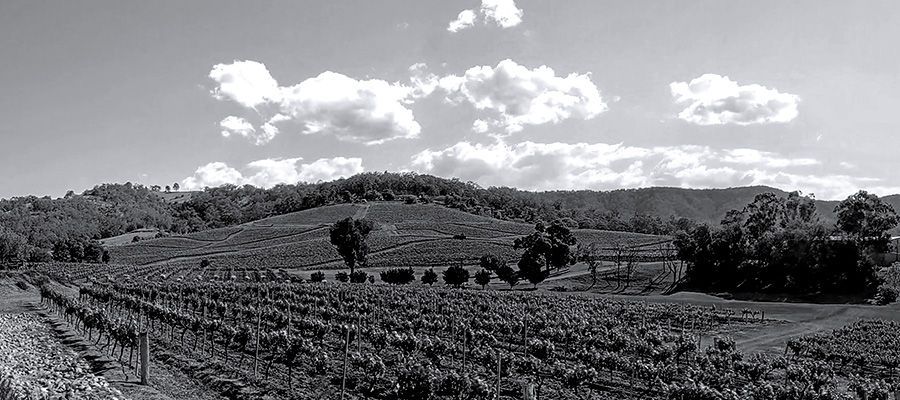Telephone: 905-840-7011
E-mail: vintnersexclusivewines@gmail.com
How they make Rose Wines.
How they make Rose wines.

Rose wine is made using several different methods, primarily determined by the winemaker's preference and the desired style of the final product. Here's a general overview of the most common methods:
Skin Contact Method (Maceration):
This is the most traditional method for making rosé wine. Red grapes are crushed and then allowed to macerate (soak) with their skins for a short period of time, usually a few hours to a couple of days.
During this maceration period, the grape skins impart color, tannins, and flavor to the juice. The length of maceration determines the depth of color in the resulting wine.
After maceration, the juice is separated from the skins and transferred to fermentation vessels (usually stainless steel tanks or barrels) to complete the fermentation process.
Direct Press Method:
In this method, red grapes are crushed and pressed immediately, without any maceration time. This minimizes contact between the juice and the grape skins, resulting in a lighter color and less tannic structure compared to wines made using the skin contact method.
The juice is then fermented in the same manner as white wine, without the grape skins.
Saignée Method:
Saignée (French for "bleeding") involves "bleeding off" a portion of juice from a red wine fermentation early in the process. The removed juice, which is light in color and has limited contact with the grape skins, is then fermented separately to produce rosé wine.
This method also has the effect of concentrating the remaining red wine, as the removed juice increases the ratio of skins to juice in the remaining fermenting tank.
Blending:
While less common than the other methods, some winemakers produce rosé wine by simply blending red and white wines together. This method is typically used in regions where regulations permit it, such as Champagne, but it's less common in regions like Provence, where strict rules govern rosé production methods.
Once fermentation is complete, the wine may undergo additional processes such as aging in barrels or tanks, clarification, stabilization, and filtering before being bottled and released for sale. The resulting rosé wine can vary widely in color, flavor, and aroma depending on the grape varieties used, the winemaking techniques employed, and the region where it's produced.
LOCATION
1 Regan Rd, Unit 4
Brampton On, L7A 1B8
Telephone: 905-840-7011
E-mail: vintnersexclusivewines@gmail.com
Business Hours
- Monday
- Closed
- Tuesday
- -
- Wednesday
- -
- Thursday
- -
- Friday
- -
- Saturday
- -
- Sunday
- Closed
**Please note Sunday is for Curbside Water Refill**
*Other times available by appointment only
Exclusive Wine ©2021. All rights reserved.
Designed by Rayne Digital Consulting

